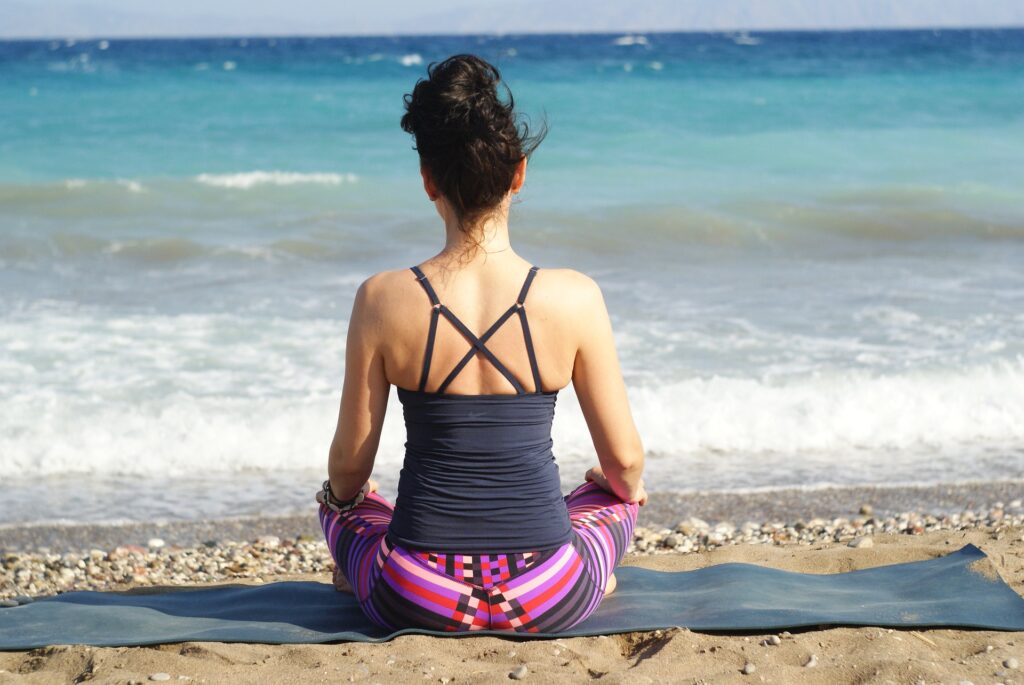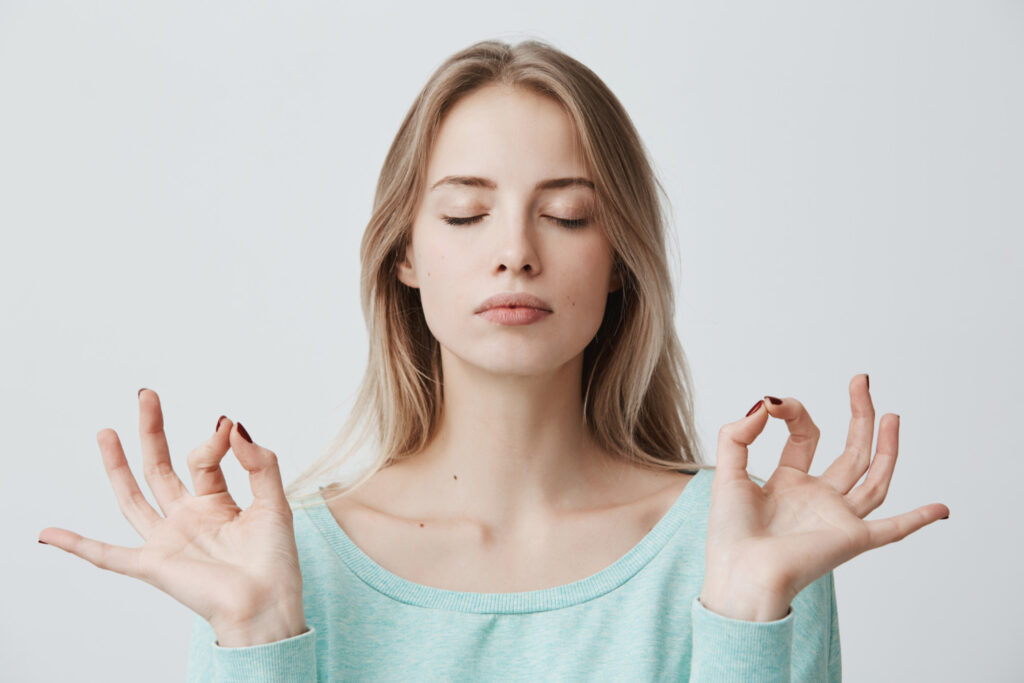Hi there! Engaging in physical activity will lead you to happiness! How does that work? During my university years, most of my friends regularly hit the gym. However, I didn’t see the need for it. After all, they mostly wanted to lose weight, while I always had an excellent figure that everyone envied. So, I didn’t have any interest in sports, and sincerely believed that it was a “punishment” for those dealing with weight issues.
Nevertheless, I eventually decided to take up sports. And it wasn’t because I gained extra weight! About a year ago, I noticed that I was constantly in a depressive state. Anxiety, poor sleep, and changes in appetite – all of these bothered me. I decided to consult a doctor, and unexpectedly for me, he advised increasing physical activity.
Initially, I didn’t understand the connection. But he explained the whole essence to me in detail. Emotions “live” in the body. How to convey your feelings? We usually express them through phrases like “feeling light-hearted,” “feeling heavy-hearted,” “rage is overwhelming me,” or “butterflies in the stomach.” All these experiences go through the body. If we want to manage our emotional state, we should start with physical activity. The body and sports are closely connected.

Why do emotions play a crucial role? We often don’t pay enough attention to them, considering them just a “whim of the mind.” But emotions were given to us by nature at the very beginning of evolution because they often help us make decisions. Our emotions guide our actions, even if we think we make decisions based on logic.
We find ourselves in a situation, the “emotional brain” searches for a similar situation in memory, it allows us to relive that emotion and “suggests” the necessary response. Logic doesn’t always have time to intervene, and even if it says something different, dealing with the emotion can be challenging.
Moreover, emotions have their own “logic.” “Last time you tried – it ended up painful and bad. Do you want to try again? Better run away from here.” This is how the emotion of fear works.
Each of the listed hormones plays a unique role in regulating our emotional state, and their actions can be examined in more detail:

- Cortisol – stress hormone:
- Action: Cortisol is released in response to stressful situations and affects the body by mobilizing energy to fight the threat.
- Influence on emotions: Elevated cortisol levels can evoke a sense of anxiety, disrupt the feeling of security, and create a sense of danger in the surrounding world.
- Adrenaline and noradrenaline – hormones of fear and aggression:
- Action: These hormones are released in response to a threat, preparing the body for fight or flight. They increase blood pressure, accelerate reactions, and enhance readiness for physical activity.
- Influence on emotions: High levels of adrenaline and noradrenaline are associated with feelings of fear and aggression, causing tension and anxiety.
- Dopamine – hormone of “praise” for achievements:
- Action: Dopamine is released when important goals are achieved, leading to a sense of satisfaction. It plays a key role in motivation and satisfaction from accomplishments.
- Influence on emotions: Dopamine levels can impact motivation, joy, and satisfaction.
- Oxytocin – hormone of protection and trust:
- Action: Oxytocin is often associated with social bonds and maternal love. It is released during physical contact, contributing to the formation of trust.
- Influence on emotions: Oxytocin levels are linked to feelings of safety, trust, and comfort in relationships.These explanations provide a detailed understanding of how these hormones and emotions are interconnected.Serotonin – the happiness hormone:
- Action: Serotonin regulates mood, appetite, and sleep. A high level is associated with feelings of happiness and satisfaction.
- Influence on emotions: Serotonin deficiency can lead to depression and worsen mood.
- Endorphin – the “painkiller” hormone:
- Action: Endorphins are released in response to physical activity and stress, acting as natural analgesics.
- Influence on emotions: Endorphins create a sense of bliss and satisfaction, alleviate stress, and help overcome difficulties.

Understanding the role of each of these hormones allows for a better awareness of how physical activity and lifestyle can impact our emotional state and overall well-being.
Maintaining a balance of these hormones is crucial for our mental health. A sedentary lifestyle can lead to elevated cortisol levels, causing anxiety. The advantage of physical activity is that it helps reduce cortisol and increase the production of endorphins, or “happiness hormones.”
Adrenaline and noradrenaline are released in threatening situations, preparing the body for fight or flight. However, in the modern world, where many conflicts occur “over the phone” or “online,” physical activity is necessary to reduce the levels of these hormones. Regular workouts can help produce endorphins and release from negative emotions, such as irritation and fear.
Physical activity also contributes to normalizing breathing, which influences emotional well-being. Rhythmic breathing during workouts helps improve mental state, transforming anxious emotions into soothing ones and unpleasant emotions into pleasant ones.
Thus, engaging in sports not only improves physical fitness but also influences our psychoemotional state. It is essential to listen to our bodies, avoid excessive loads, stick to a regular workout routine, and enjoy the process to achieve a good mood.


